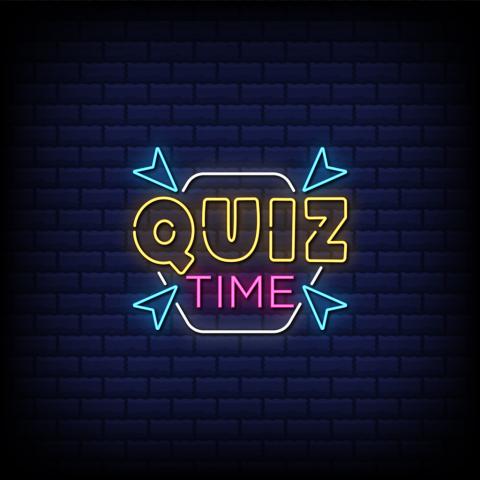Understanding Equinoxes and Solstices Quiz
What is an equinox?
- An equinox occurs twice a year when the sun is directly above the equator, resulting in nearly equal amounts of daylight and darkness.
What is a solstice?
- A solstice happens twice a year when the sun reaches its highest or lowest point in the sky, resulting in either the longest or shortest day of the year.
What is the summer solstice in the Northern Hemisphere?
- The summer solstice is on June 21st in the Northern Hemisphere, and it marks the longest day of the year and the official start of summer.
What is the winter solstice in the Southern Hemisphere?
- The winter solstice is on June 21st in the Southern Hemisphere, and it marks the shortest day of the year and the official start of winter.
What is the autumnal equinox?
- The autumnal equinox occurs on September 22nd or 23rd in the Northern Hemisphere, and it marks the first day of autumn with nearly equal amounts of daylight and darkness.
What is the vernal equinox?
- The vernal equinox occurs on March 20th or 21st in the Northern Hemisphere, and it marks the first day of spring with nearly equal amounts of daylight and darkness.
What is the tilt of the Earth's axis?
- The Earth's axis is tilted at an angle of 23.5 degrees, which causes the seasons and the changes in daylight throughout the year.
What is the significance of Stonehenge during the solstices?
- Stonehenge is believed to have been used as a calendar to track the solstices, and the stones align with the sun's position during these events.
What is the significance of Chichen Itza during the equinoxes?
- The ruins of Chichen Itza in Mexico align with the sun's position during the equinoxes, creating a shadow that resembles a serpent descending down the steps of the main pyramid.
What is the term for the phenomenon where the sun appears to stop moving in the sky during the solstices?
- The term for the phenomenon where the sun appears to stop moving in the sky during the solstices is called a solar zenith.




